Power Your Software Testing with AI and Cloud
Supercharge QA with AI for Faster & Smarter Software Testing

- Automation
- Home
- /
- Learning Hub
- /
- 15 Best Progressive Web Apps (PWA) Examples [2025]
15 Best Progressive Web Apps (PWA) Examples [2025]
Discover 15 best Progressive Web Apps of 2025, explore key examples, learn testing tips, and see future PWA trends shaping the web experience.
Last Modified on: November 24, 2025
- Share:
Progressive Web Apps have changed how people use the web by making experiences feel more like native apps. The easiest way for developers and businesses to understand what PWAs can do is to look at real-world PWA examples in action.
From offline support and push notifications to fast load times and app-like interfaces, these PWA examples show how all the pieces come together to create smooth, reliable experiences users actually enjoy.
Overview
Progressive Web Apps are web applications that function like native apps, offering features such as offline access, push notifications, and fast loading. PWA examples, like Starbucks, Uber, and Pinterest, show how these capabilities are applied in real-world applications.
What Are the Best PWA Examples?
Below are real-world PWA examples showing how top brands leverage Progressive Web Apps to improve speed, reliability, and user engagement effectively.
- Starbucks: Allows mobile ordering over slow networks, enabling full menu browsing, item selection, and offline order submission without losing user progress.
- Uber: Delivers fast ride-booking experiences on lower-end devices, letting users request rides, track drivers, and view details without heavy app installations.
- Flipboard: Provides instant, personalized news and article access with offline reading, offering a lightweight, visually engaging interface similar to the native app.
- Twitter Lite: Enables fast social media browsing, tweet interactions, and notifications with offline support, improving load times and user engagement across platforms.
- Pinterest: Offers app-like browsing and pinning experiences directly in the browser, featuring offline functionality and faster load times for enhanced engagement.
- Spotify: Allows music streaming through the browser with minimal buffering, offline playlist access, and optimized performance for varying network conditions and devices.
- BMW: Enables fast, accessible vehicle exploration, model comparisons, and test drive scheduling with offline support and optimized performance for car configurators.
- Trivago: Ensures fast hotel search, price comparisons, and offline access to saved results, improving booking efficiency even with low network bandwidth.
- Telegram: Delivers lightweight messaging with quick notifications, multimedia sharing, and offline access to messages, providing uninterrupted communication without a full native app.
- Google Maps: Provides fast navigation, route planning, offline maps, and location searches, ensuring reliable usage even under limited connectivity conditions.
What Are Progressive Web Apps (PWAs)?
Progressive Web Apps, or PWAs, are web applications built using standard web technologies like HTML, CSS, and JavaScript. It deliver an experience similar to native apps, with features like offline access, push notifications, installability, and responsive performance across devices.
Features:
- Service Workers: Power offline access, background sync, and intelligent caching, ensuring lightning-fast load times and reliability even with poor or unstable network connections.
- Web App Manifest: Defines installation parameters like app name, icons, and theme colors, allowing users to install the app directly from their browser.
- Offline Support: Lets users access key features and content offline, greatly improving user experience in low-connectivity environments.
- Push Notifications: Keeps users engaged through real-time alerts and updates, helping businesses maintain user retention and increase re-engagement without external app stores.
- Add to Home Screen: Provides a native-like experience by allowing users to install the app on their device’s home screen for easy, immersive access.
According to PWA Stats (powered by Cloud Four), brands such as Starbucks, Uber, and Pinterest have used Progressive Web Apps to deliver faster, more reliable user experiences and, in doing so, have driven measurable growth in engagement and conversions.
| Brand | Performance Metrics |
|---|---|
| Starbucks | Daily active users doubled (2×) and orders on desktop now occur nearly at the same rate as on mobile. |
| Uber | Core PWA size is 50 KB (gzipped) and load time went under 3 seconds on 2G. |
| Core engagement increased by 60%, user-generated ad revenue saw +44% of growth and time spent on site increased by 40%. |
What Are Some Best PWA Examples?
Best PWA examples are Starbucks, Uber, Flipboard, Twitter Lite, offering fast loading, offline access, push notifications, and smooth, app-like experiences across all devices.
In the list below, you’ll find real-world PWA examples of how top brands are using PWAs to improve speed, reliability, and user engagement. Each one highlights how PWAs can meet different business goals while keeping the user experience as a top priority.
1. Starbucks
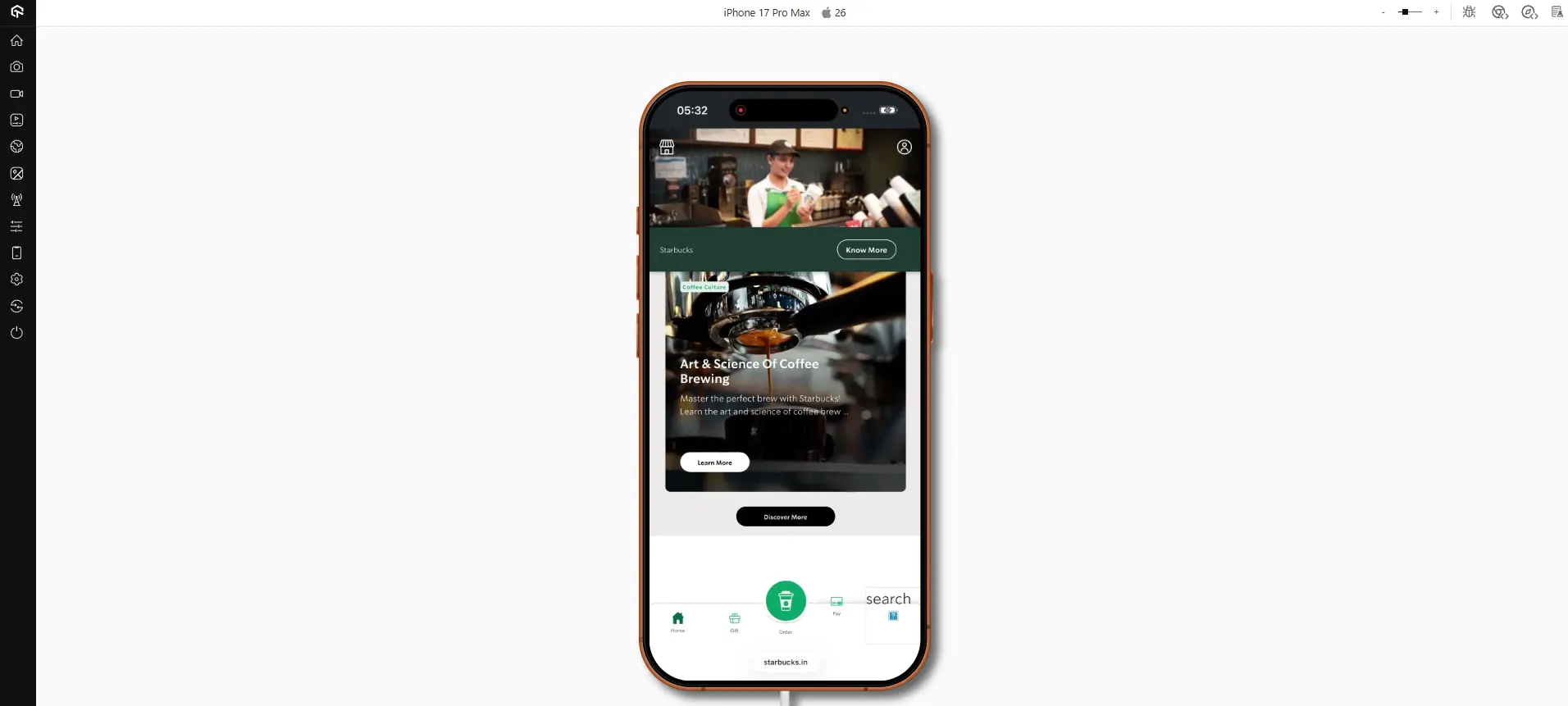
Starbucks uses a Progressive Web App to allow mobile ordering over slow connections. The PWA lets customers load the full menu, select items, customize drinks, and add them to their cart, even when the device temporarily loses connection.
Orders created while offline are automatically submitted when connectivity is restored. This ensures that orders can be completed without errors, reduces abandoned orders, and shortens the time customers spend placing an order in areas with low network speed.
2. Uber
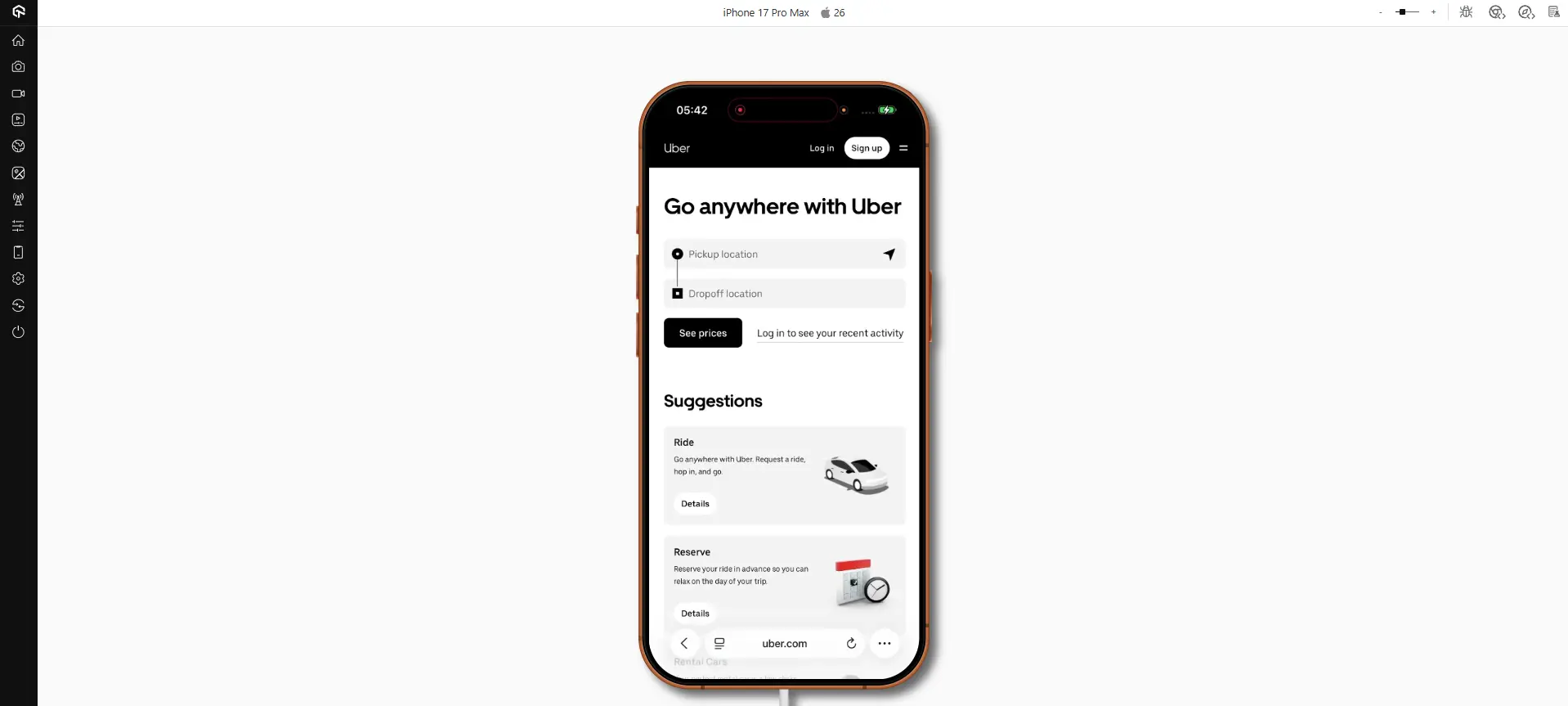
Uber leverages PWA technology to provide a faster, more responsive experience for users booking rides, especially in areas with intermittent connectivity. The Uber PWA is designed to offer smooth functionality on lower-end devices and allows users to request rides, view driver details, and track their rides in real-time, all without relying on a heavy app installation.
By reducing app size and improving loading speeds, Uber ensures that users can access its services anywhere, anytime, regardless of device, offering a more inclusive and efficient ride-booking experience.
3. Flipboard
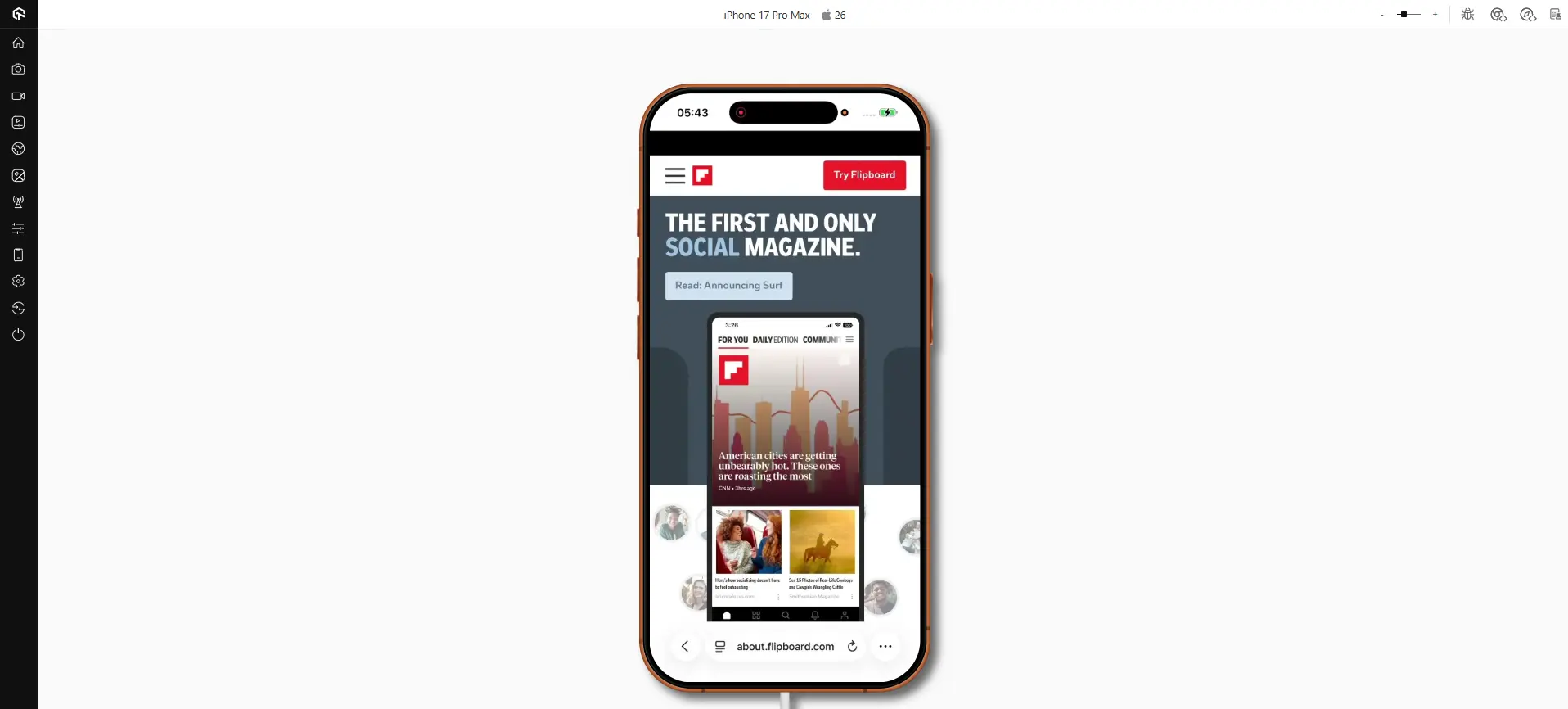
Flipboard’s PWA enhances the user experience by offering fast content delivery and a visually engaging interface that mirrors the native app experience. Users can access personalized news, articles, and stories instantly with minimal delay. The PWA’s lightweight design makes it easy to navigate and browse through Flipboard’s vast range of curated content across different topics.
Additionally, it allows users to access their saved stories offline, ensuring that they can continue reading even without a stable Internet connection, making it an ideal solution for on-the-go news consumption.
4. Twitter Lite
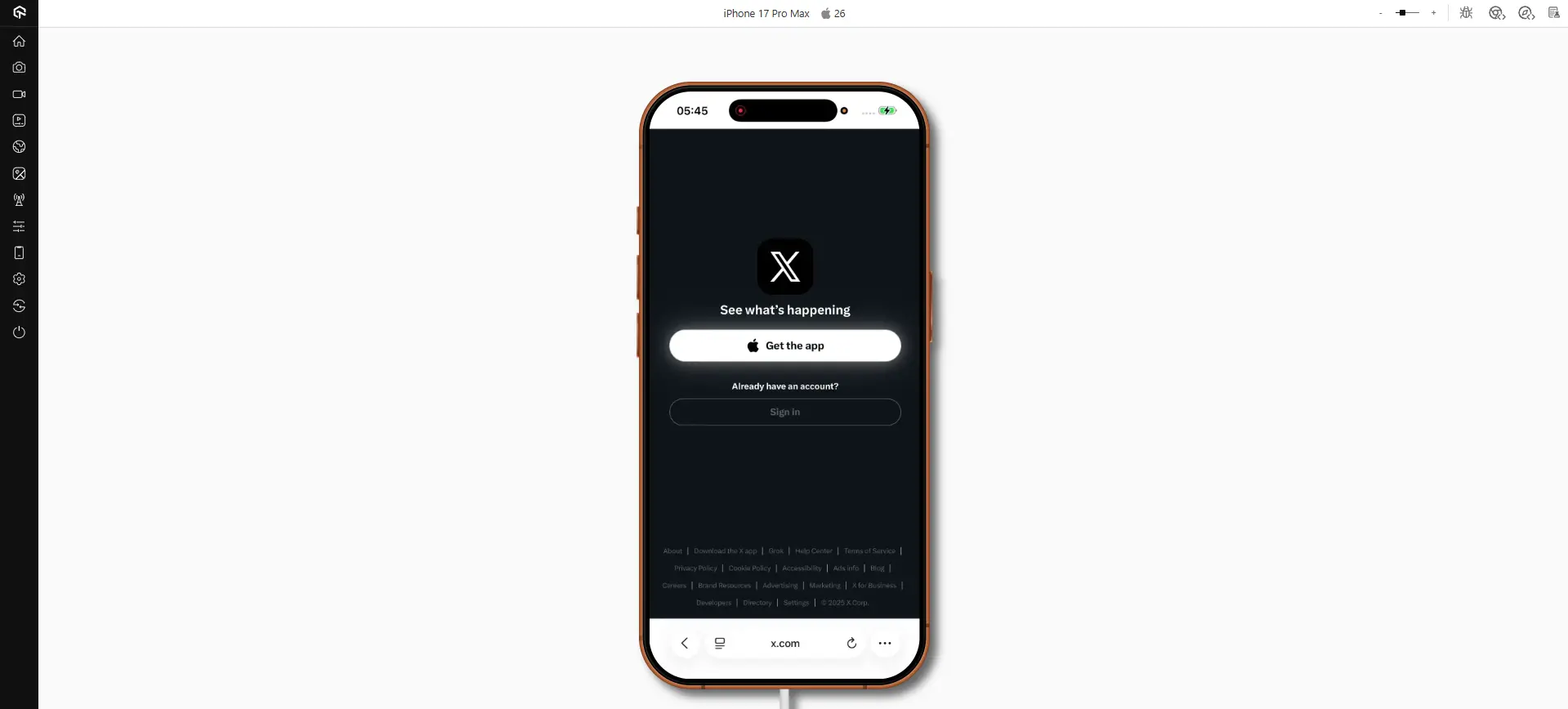
Twitter Lite uses a PWA to provide a fast, streamlined social media experience, optimizing performance on both mobile and desktop platforms. The PWA ensures that users can quickly browse tweets, interact with posts, and receive notifications with limited resources.
By using a PWA, Twitter Lite reduces the app size, making it easier to access the platform directly via the browser, improving load times and user engagement. The ability to operate offline enhances accessibility and keeps users connected to trending topics.
Note: Test PWAs on real Android and iOS devices. Try LambdaTest Now!
5. Pinterest
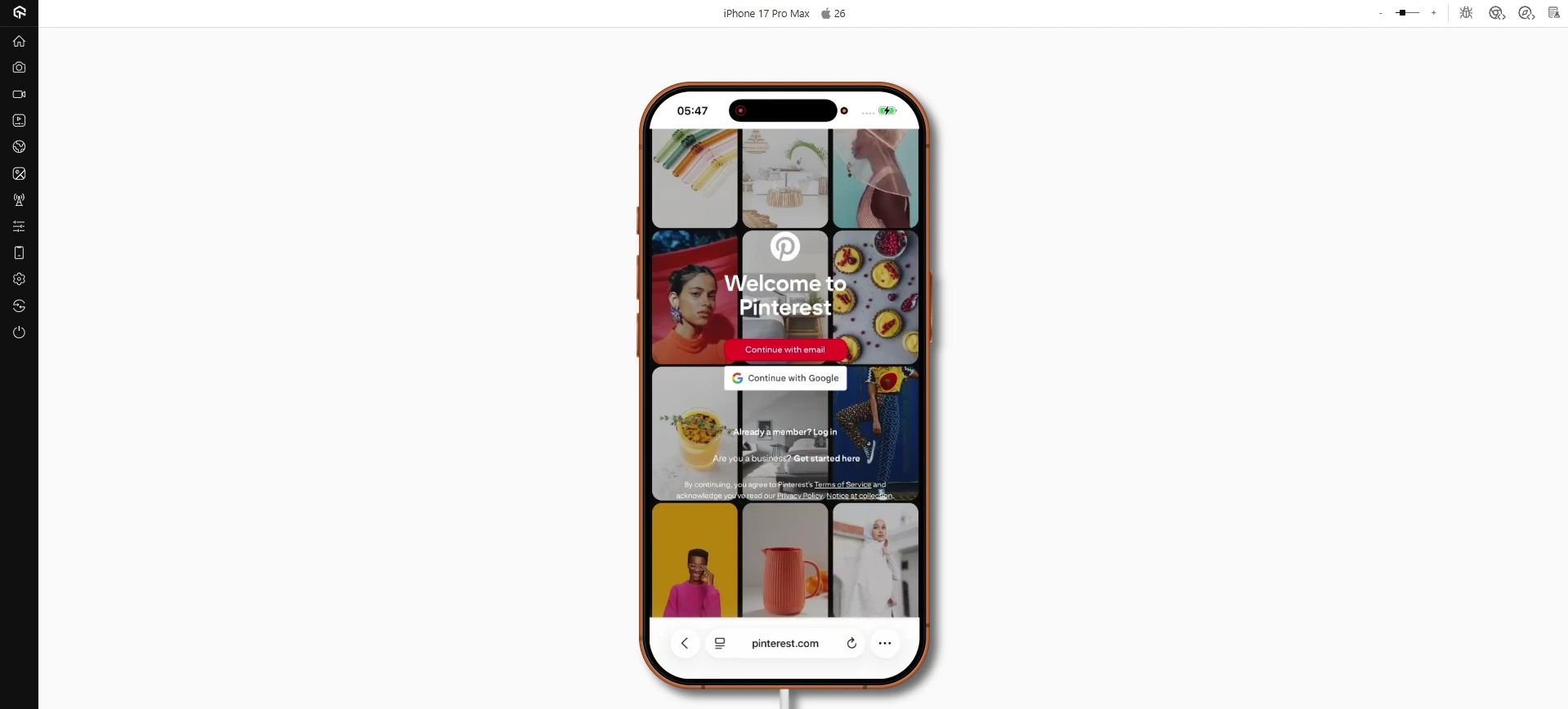
Pinterest uses PWA technology to enhance its mobile experience by offering faster load times and an app-like interface directly in the browser. The PWA ensures that users can explore, pin, and save images quickly and efficiently. By reducing the need for app downloads, Pinterest’s PWA increases engagement, allowing users to browse millions of pins without delays.
Additionally, it provides offline functionality, enabling users to continue interacting with content, making it a convenient and accessible platform for users worldwide.
6. Spotify
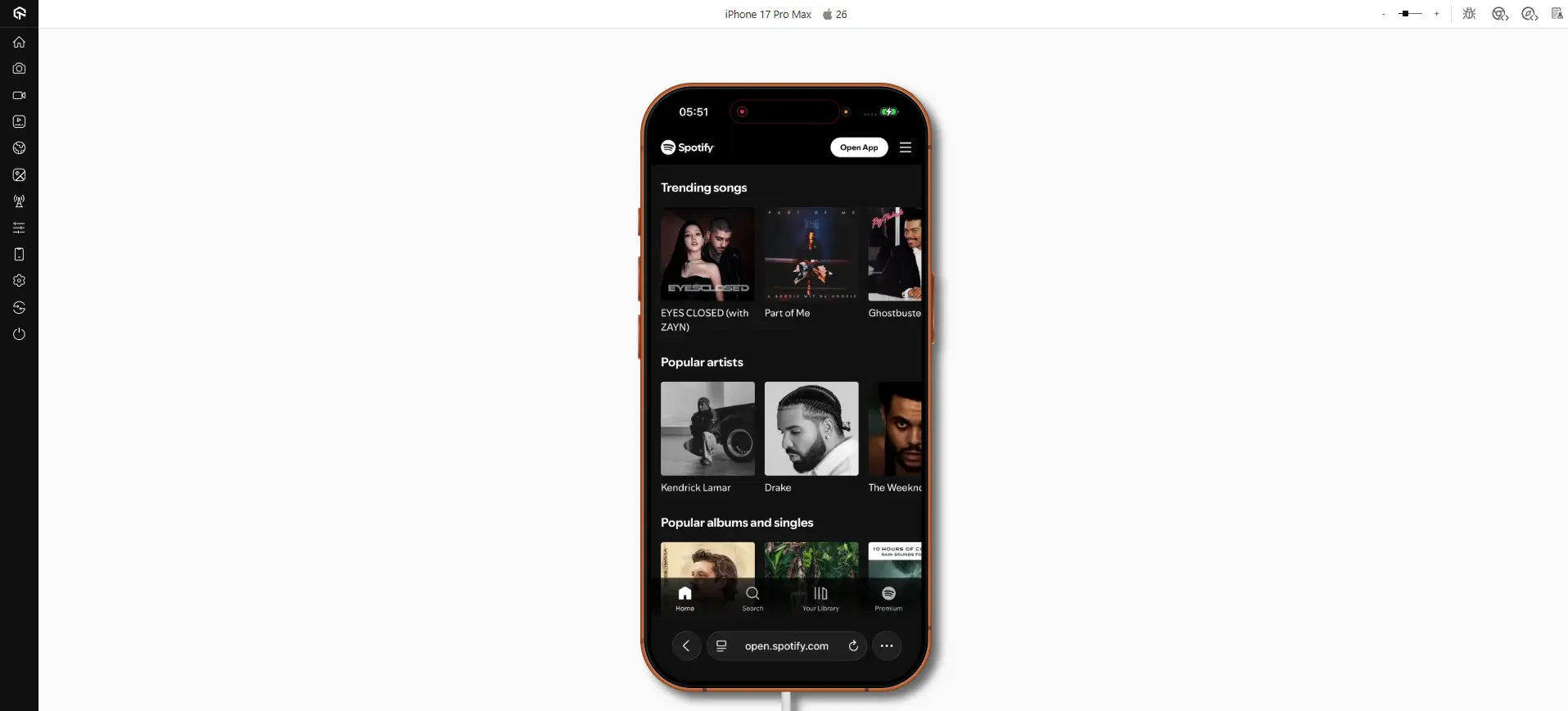
PWA of Spotify allows users to stream music directly through the browser, offering a seamless, fast experience with reduced loading times and minimal buffering. This eliminates the need for app installations while retaining the app-like features such as playlists, song recommendations, and notifications.
The PWA is optimized for lower-end devices and varying network conditions, allowing users to enjoy their favorite music without interruptions. By ensuring that Spotify is accessible from any device with a browser, it enhances the user experience, offering greater flexibility and accessibility for music lovers across various regions, even in areas with limited connectivity.
7. BMW
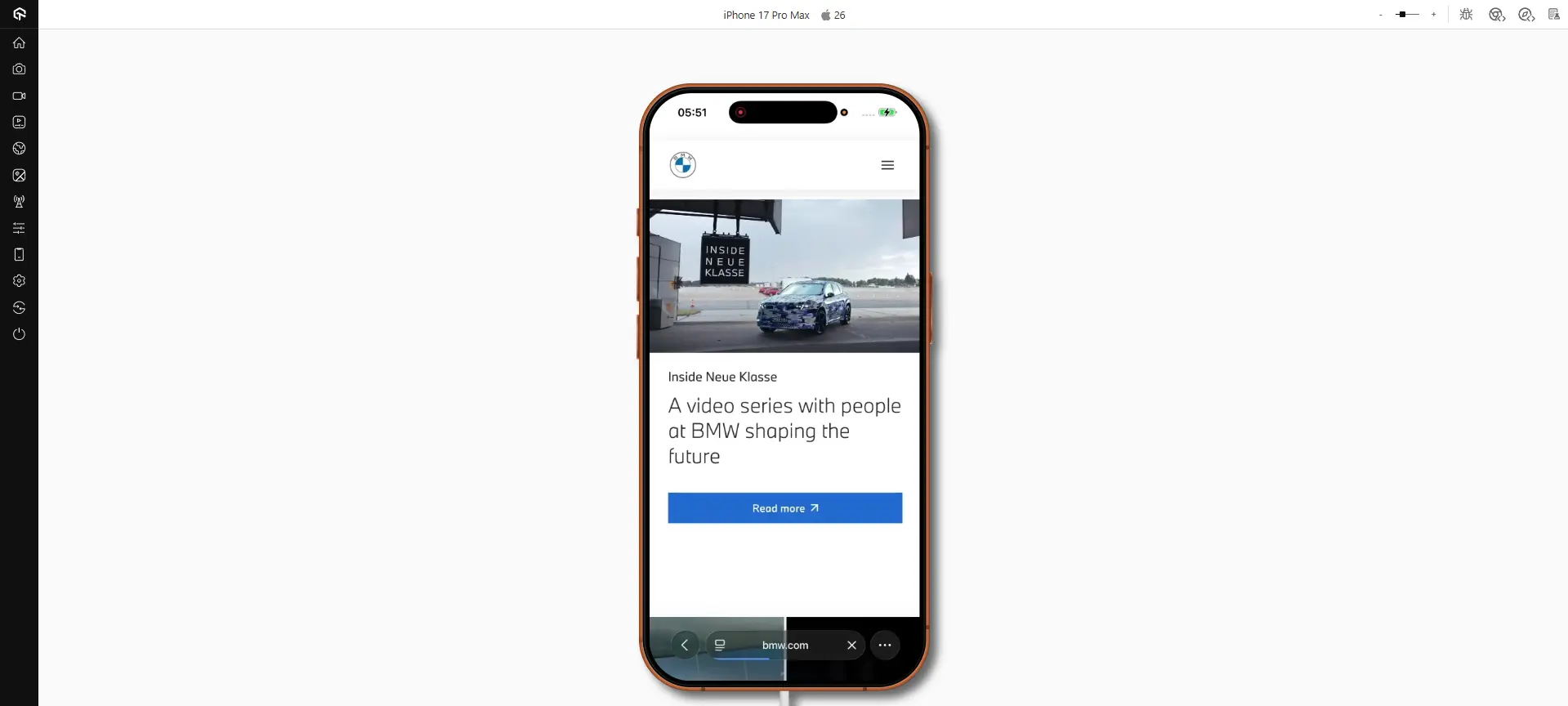
BMW uses a PWA to enhance customer engagement by offering a fast, accessible, and user-friendly platform for browsing their vehicle lineup and customizing options. With the PWA, users can explore BMW’s cars and features, compare models, and schedule test drives quickly.
The app-like experience, along with offline capabilities, ensures a smooth experience when users are not connected. The PWA’s performance optimization helps maintain fast loading times for car configurations and visualizations, ensuring that users enjoy an efficient and responsive experience when exploring BMW’s offerings.
8. Trivago
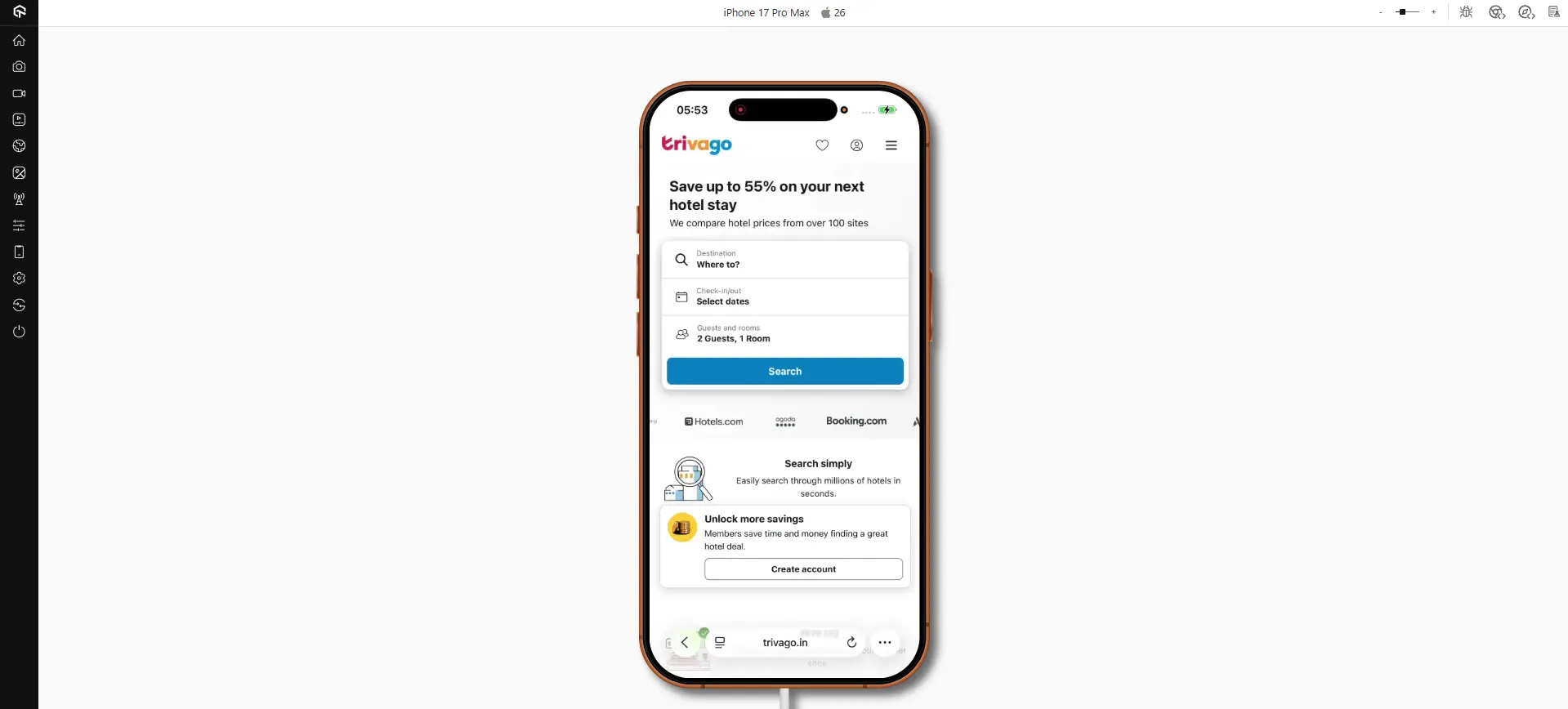
Trivago’s PWA improves the user experience by providing fast and efficient access to hotel bookings across devices, especially in areas with inconsistent connectivity. The lightweight PWA ensures that users can search for hotels, compare prices, and make bookings quickly, even with low network bandwidth.
By offering offline functionality, Trivago’s PWA allows users to save their search results for viewing them later. This results in a smooth, seamless experience for users booking hotels on the go, contributing to increased engagement and higher conversion rates.
9. Telegram

Telegram’s PWA offers a fast, lightweight solution for users to access messages and communicate in real-time without relying on a full native app. The PWA provides seamless chat functionality, with quick message delivery and notifications.
It also supports features like file sharing, multimedia messages, and group chats, ensuring a comprehensive messaging experience. Its offline capabilities ensure users can access previously received messages and drafts, even when they’re disconnected, offering an uninterrupted, high-performance messaging service on any device with a browser.
10. Google Maps
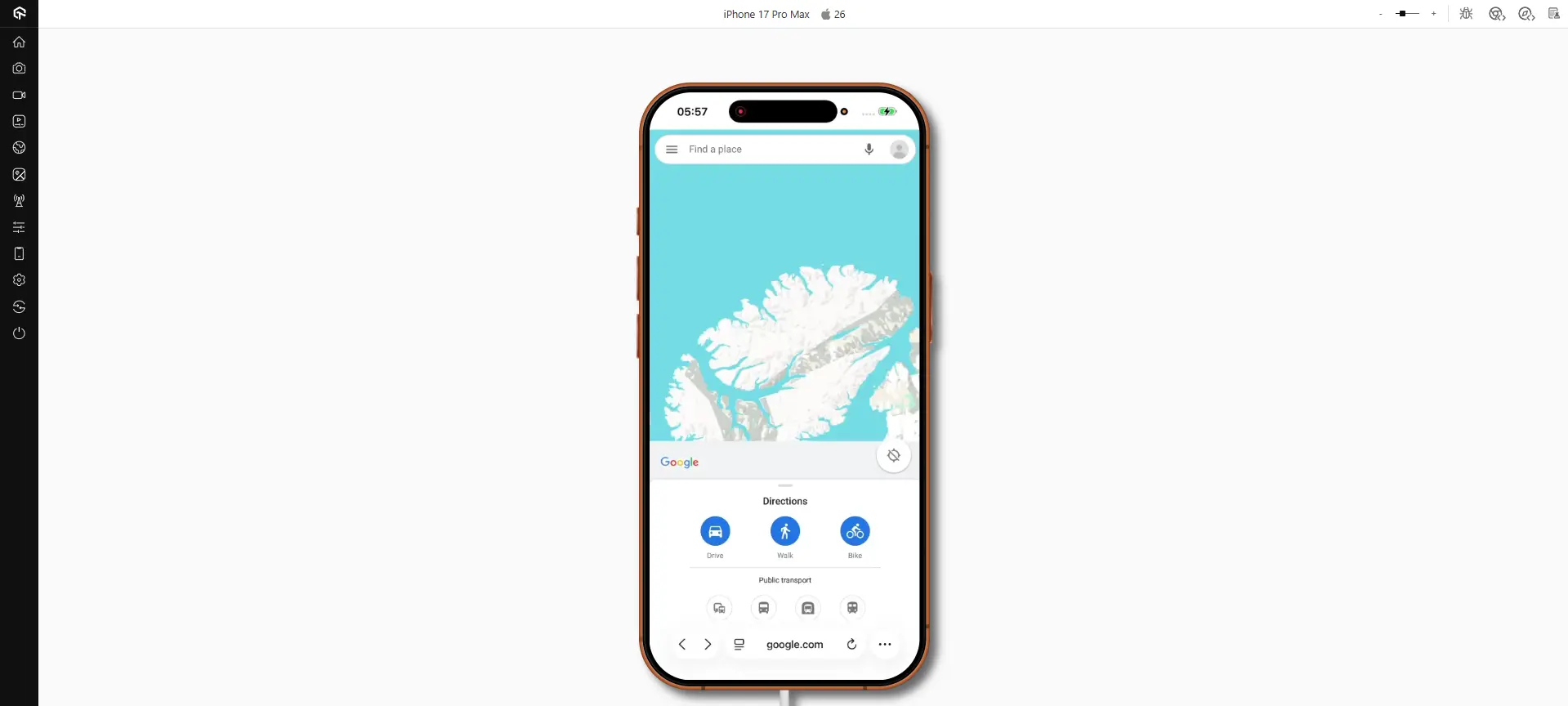
Google Maps uses a PWA to provide users with fast, responsive navigation and location-based services directly through the web. The PWA offers essential features like route planning, traffic updates, and nearby place searches, all with quick load times and minimal data usage.
It is a reliable option for users in areas with limited network coverage. The ability to save locations and access maps offline ensures that users can navigate and explore places without a continuous Internet connection, further enhancing the overall usability and user experience.
11. Facebook

Facebook’s PWA enhances user engagement by providing a faster, app-like experience directly in the browser. Users can access their feeds, interact with posts, and send messages with significantly reduced load times compared to traditional web apps.
The PWA ensures a seamless mobile experience, even on low-end devices or in areas with limited connectivity, without the need for a heavy app download. Additionally, Facebook’s PWA offers offline functionality, allowing users to continue interacting with content even when they’re not connected, improving overall engagement and accessibility.
12. Forbes
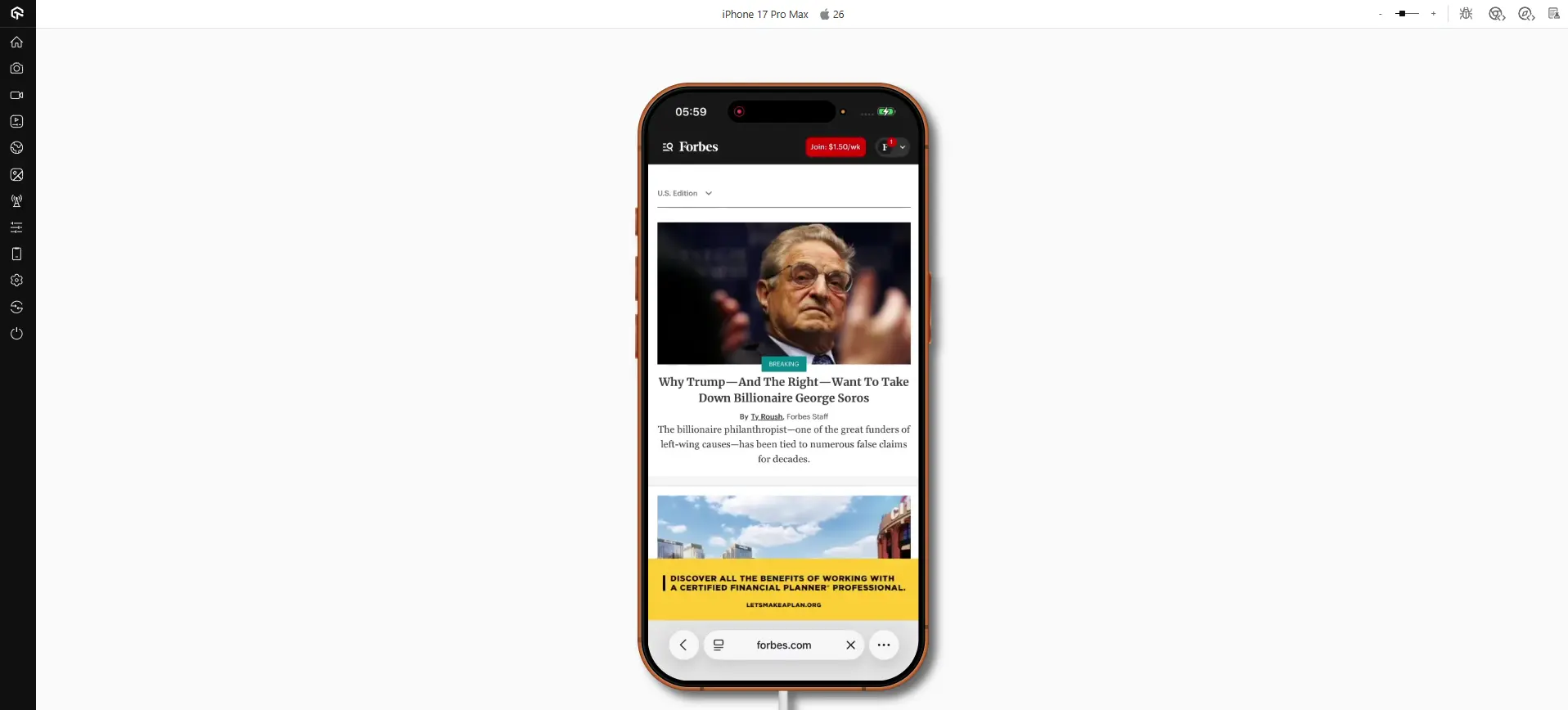
Forbes uses a PWA to provide readers with faster access to articles, news, and financial insights. The PWA ensures that users can read content instantly, without experiencing long loading times, even on slower mobile networks.
With its lightweight nature, the Forbes PWA allows users to consume news more efficiently, whether they’re in high-traffic areas or regions with varying connectivity. It also supports offline functionality, allowing users to save articles for later reading, ensuring a smooth and uninterrupted experience while staying informed about the latest news.
13. The Weather Channel
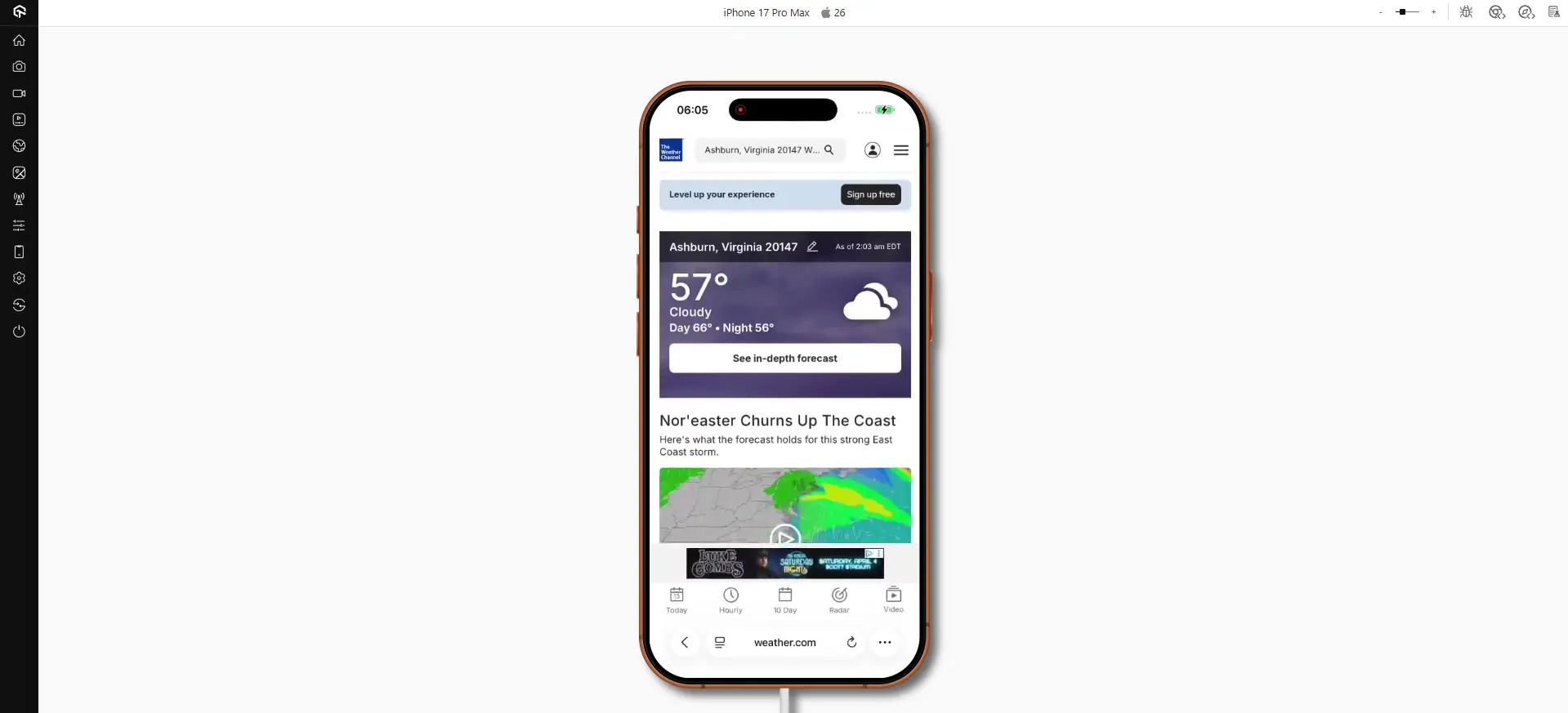
The Weather Channel’s PWA delivers fast, real-time weather updates and forecasts directly in the browser. With a focus on speed, the PWA ensures that users can quickly access current conditions, radar imagery, and weather forecasts without delays.
The offline capabilities also allow users to view previously loaded weather data, making it convenient for travelers or people in areas with intermittent Internet access to stay informed about weather conditions.
14. MishiPay
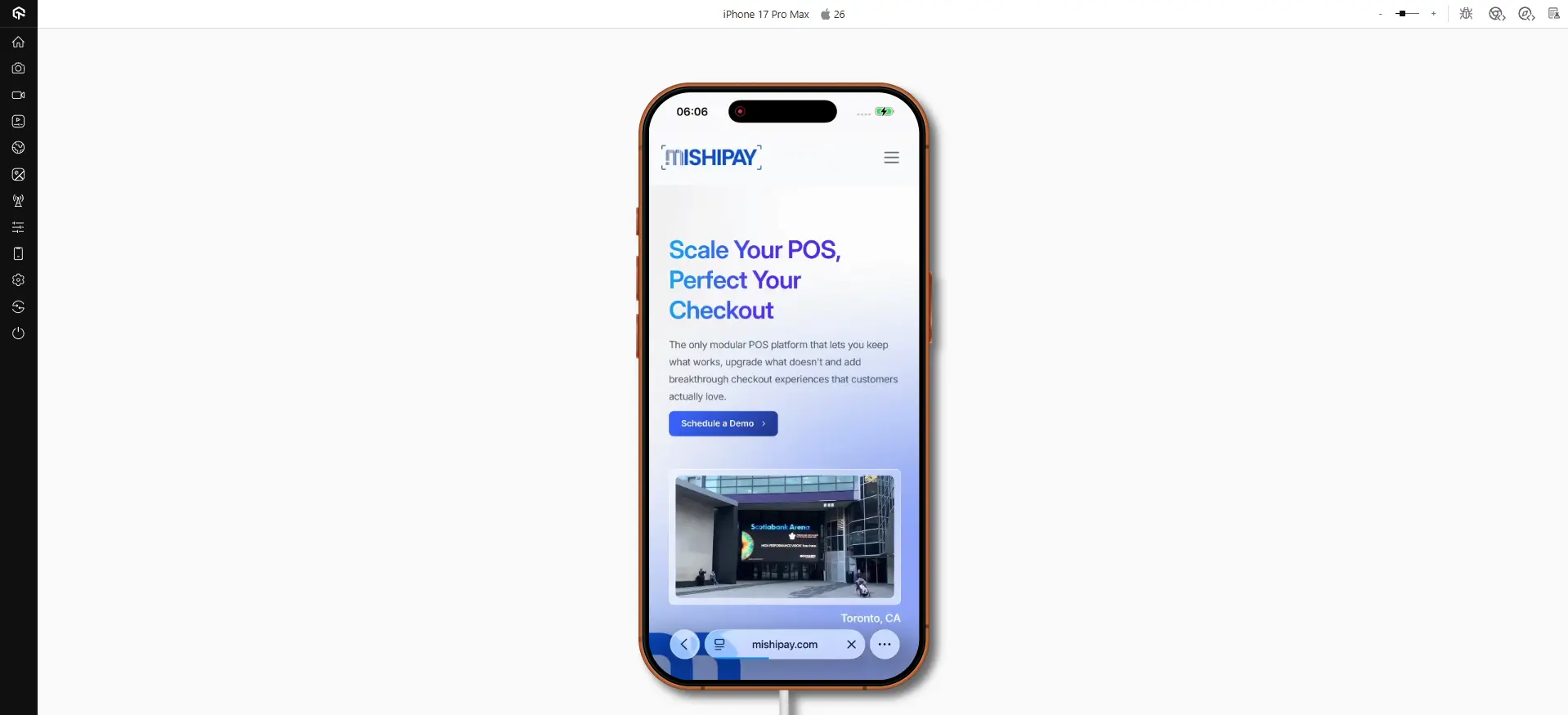
MishiPay’s PWA enables a faster, seamless in-store shopping experience by allowing users to scan products and check out directly from their mobile devices. The PWA reduces the friction of traditional checkout processes by offering real-time updates on product availability and pricing.
Users can complete purchases quickly without the need to wait in line, while offline capabilities allow users to continue browsing even when disconnected. This enhances the overall shopping experience, making it faster and more convenient for customers, while retailers benefit from increased conversion rates.
15. Soundslice
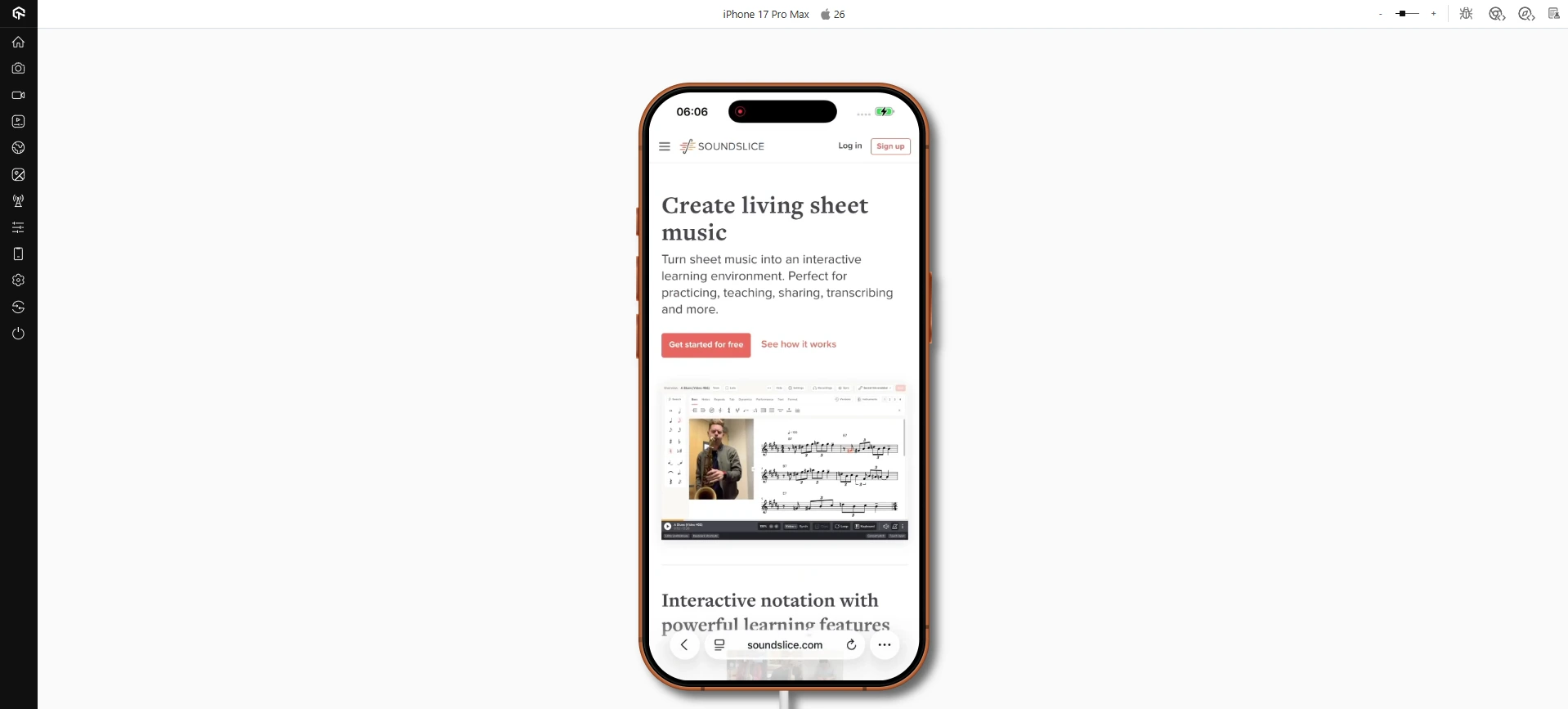
Soundslice’s PWA enhances the experience for musicians and music learners by offering fast access to interactive sheet music and lessons. The PWA provides an app-like interface directly in the browser, allowing users to view, play, and learn music seamlessly across devices.
With offline capabilities, users can continue practicing their lessons, improving usability for musicians on the go. The PWA’s fast performance ensures that users can access and interact with content quickly, making it a powerful tool for music education and practice.
Why Is It Important to Test Progressive Web Apps?
Progressive Web Apps need to deliver fast, reliable, and consistent experiences across all devices, screen sizes, and network conditions. Testing ensures your PWA works offline, loads quickly, adapts to different screens, and provides a seamless user experience, which is crucial for user retention and engagement.
Check out these effective testing tips for Progressive Web Apps.
According to Grand View Research, the global Progressive Web Apps market was valued at approximately USD 2.08 billion in 2024 and is expected to expand to USD 21.24 billion by 2033, representing a compound annual growth rate (CAGR) of 29.9% between 2025 and 2033.
Here is why you should test your Progressive Web Apps:
- Offline Functionality Matters: Testing offline ensures users can access essential content and features without an Internet connection, which increases reliability and user trust.
- Responsive Design Improves User Experience: Running responsive tests across devices ensures layouts and interactions remain intuitive, enhancing usability and keeping users engaged on any screen size.
Consider using tools like LT Browser for testing websites and web apps across multiple device viewports simultaneously. It allows you to quickly identify and debug responsive issues, performance bottlenecks, and layout inconsistencies without juggling physical devices.
To get started, check out this LT Browser guide.
- Performance Scores Drive Engagement: Monitoring load times, accessibility, and SEO helps identify bottlenecks, resulting in faster, smoother apps that retain users and reduce abandonment.
- Debugging and Optimization Boost Reliability: Detecting errors and optimizing resources prevents crashes and slowdowns, delivering a stable, high-performing PWA that maintains user satisfaction and loyalty.
Other than responsiveness, PWAs must also be tested across devices for functionality and performance to ensure they work as intended across real-world conditions. However, for testing on over different devices, setting up an in-house device lab can be a challenge for developers and testers.
LambdaTest real device cloud addresses this challenge by providing access to real Android and iOS devices hosted in the cloud, allowing you to test your PWA on different browsers, devices and OS versions. It also helps capture device-specific issues, touch interactions, and network-related behavior that simulators cannot replicate, ensuring reliable performance across all real devices.
What Is the Future Scope of PWAs?
The future of PWAs is promising, with wider adoption expected due to faster performance, offline access, push notifications, cross-platform compatibility, and native-like app experiences.
Let’s explore the evolving landscape of Progressive Web Apps and where they’re headed in the future. There are various innovations in PWAs like AI integration, AR/VR, and the growing adoption of PWAs in enterprises.
- Integration With AR/VR: As augmented and virtual reality technologies evolve, PWAs are beginning to support AR/VR features. Integrating these technologies into PWAs will provide users with immersive experiences directly through their web browsers, opening new possibilities for eCommerce, gaming, and education.
- Progressive Enhancements With AI and Machine Learning: PWAs are expected to integrate more AI-driven features in the future. For instance, they can use machine learning algorithms to personalize user experiences, predict user behavior, and improve search results, making the apps smarter and more user-centric.
- Growing Adoption in the Enterprise Space: More enterprises are adopting PWAs as a cost-effective, efficient alternative to native apps. PWAs offer businesses the ability to reach a wider audience without the overhead of maintaining separate apps for different platforms. In the coming years, more enterprises will leverage PWAs for internal tools and customer-facing apps.
- PWA vs Native Apps: As PWAs continue to mature, the line between native apps and web apps will blur. While native apps will still be relevant for certain use cases, PWAs are expected to become the preferred solution for many businesses due to their lower cost, faster development cycles, and wider reach across platforms.
Want to see how PWAs differ from other mobile apps? Check out our guide on web vs hybrid vs native apps.
Conclusion
Progressive Web Apps offer a smart solution for businesses looking to improve user experience without the complexity of native app development. They load faster, work offline, and adapt well across devices, making them a practical choice for modern web development.
The PWA examples shared in this blog show how leading brands have successfully used PWAs to boost engagement and performance. From media platforms to eCommerce stores, these apps prove that PWAs can work for any industry when built with the right features and goals in mind.
If you're planning to build a PWA, it's essential to focus not just on design and functionality but also on thorough testing. You can also leverage these Progressive Web App frameworks that help create apps that load quickly, work offline, and adapt seamlessly across devices, providing a practical alternative to native app development.
You can also explore PWA interview questions to understand the core concepts, architecture, and performance principles that shape how Progressive Web Apps are built and optimized in real-world projects.
Frequently Asked Questions (FAQs)
Did you find this page helpful?
More Related Hubs

Start your journey with LambdaTest
Get 100 minutes of automation test minutes FREE!!


